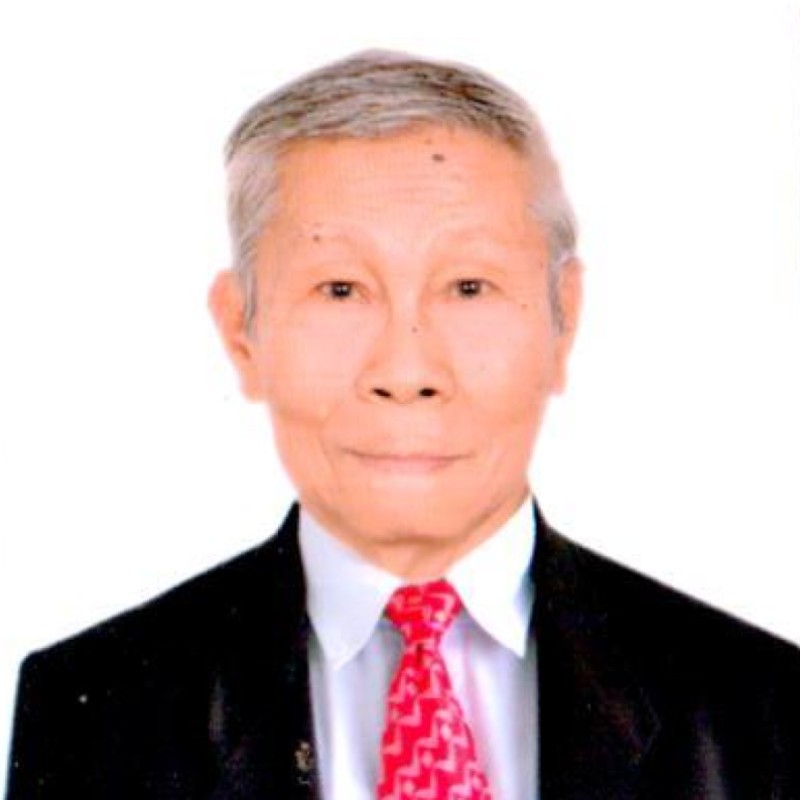GLIMPSES & GAZES
By Severino C. Samonte
Why Andres Bonifacio deserves a place at Libingan ng mga Bayani?
Share
As the Filipino people prepare for the celebration of their 125th Independence Day on June 12, I have in mind what I think is a very relevant question: Why we are not giving one of our foremost heroes a rightful place at the Libingan ng mga Bayani (LNMB)?
Of course, I am referring to Gat Andres Bonifacio, considered as the founder of the Kataas-taasan, Kagalang-galangang Katipunan ng mga Anak ng Bayan (KKK) and Father of the 1896 Revolution against more than 300 years of Spanish rule in the Philippines (1521-1898).
Most adult Filipinos today know that Bonifacio was executed by his fellow revolutionaries in Maragondon, Cavite on May 10, 1897 for alleged guilt of treason and sedition. He has not yet been given a proper burial until now as his remains continue to be missing.
The Katipunan Supremo went to Cavite in December 1896 to try to settle a raging dispute between two revolutionary factions in that province -- those of the Magdalo and the Magdiwang groups.
It was his second and last visit to Cavite until his tragic death at age 33. His first visit to that province was in April 1896 to organize a provincial council of the Katipunan in Noveleta, according to the book "The Katipunan and the Revolution: Memoirs of a General" written by revolutionary Gen. Santiago V. Alvarez.
Various historical accounts said Bonifacio's bones got lost or destroyed while deposited at the old National Library and Museum during the last war. There were also doubts about the authentication of such remains.
Bonifacio's death came just four months after the execution on Dec. 30, 1896 of Dr. Jose P. Rizal by Spanish authorities at Bagumbayan or Luneta, now the Rizal Park in Manila.
During the centennial of Bonifacio's death on May 10, 1997, a group of Bonifacio admirers, spearheaded by the civic organization "Kampanya para sa Kamalayan sa Kasaysayan" (KAMALAYSAYAN), then headed by journalist Ed Aurelio C. Reyes (RIP), held a "symbolic funeral ceremony for him" inside the Pamitinan Cave in Montalban, now Rodriguez town in Rizal.
A Facebook friend of this writer, Rosabella Fernandez of Quezon City, was among those who attended the ceremony. She noted with sadness that many of today's young Filipinos, including students, appear to be unaware of Bonifacio's important role in Philippine history.
It was said that Pamitinan Cave was where Bonifacio and other KKK leaders first declared Philippine Independence from Spain on April 12, 1895. On June 21, 1996, Pamitinan Cave was declared a historic site by the Philippine Historical Institute, now the National Historical Commission of the Philippines (NHCP).
As I was composing this column, I was thinking of the decision in September 2016 by then newly seated President Rodrigo R. Duterte to bury the remains of former President Ferdinand E. Marcos Sr. at the LNMB in Fort Bonifacio, Taguig City. Anti-Marcos groups tried to block the burial by petitioning the Supreme Court to invalidate Duterte's order.
The High Court, in a 9-5 vote with one abstention on Nov. 8, 2016, dismissed the petitions, saying "there is no law prohibiting the burial of a former President of the country" at the said cemetery. The burial of Marcos at the LNMB took place on Nov. 18 of that year.
Majority of the justices also said Duterte did not abuse his discretion as head of state when he decided to allow the burial of Marcos in the country 27 years after his death on Sept. 28, 1989.
In the case of Bonifacio, I am thinking that the present members of the Philippine Congress can enact a law providing for the ceremonial state burial of Bonifacio either at the LNMB or at his imposing monument in Grace Park, Caloocan City or any other appropriate public place in the National Capital Region, preferably his birthplace in Tondo, Manila.
The country's lawmakers can let the Supreme Court decide on the legality of such a law. For his part, President Ferdinand R. Marcos Jr. can approve it since he will be acting in accordance with his oath of office under the 1987 Philippine Constitution (Article VII, Executive Department, Section 5) which states:
"Before they enter on the execution of their office, the President, the Vice President, or the Acting President shall take the following oath or affirmation: I do solemnly swear (or affirm) that I will faithfully and conscientiously fulfill my duties as President (or Vice President or Acting President) of the Philippines, preserve and defend its Constitution, execute its laws, DO JUSTICE TO EVERY MAN, and consecrate myself to the service of the nation. So help me God." (I capitalized the phrase "do justice to every man).
Nobody can dispute Bonifacio's heroism, bravery and love for his country. He is a certified Filipino hero. He has a national monument in Caloocan City and is among those honored during the celebration of Independence Day (June 12) and National Heroes' Day, which used to be last Sunday of August until it was moved to the succeeding Monday under the Republic Act No. 9492 signed into law on July 24, 2007 by then President Gloria Macapagal-Arroyo.
Bonifacio's birthday on Nov. 30 of every year is also celebrated as a national holiday instead of the date of his death.
Comments
About the Columnist

He began his journalistic career by contributing to the Liwayway and Bulaklak magazines in the 1960’s. He was the night editor of the Philippine News Service when Martial Law was declared in September 1972. When the Philippine News Agency was organized in March 1973, he was named national news editor because of his news wire service experience.
He retired as executive news editor in 2003. He also served as executive editor of the Malacanang-based Presidential News Desk from 1993 to 1996 and from 2005 to 2008.
